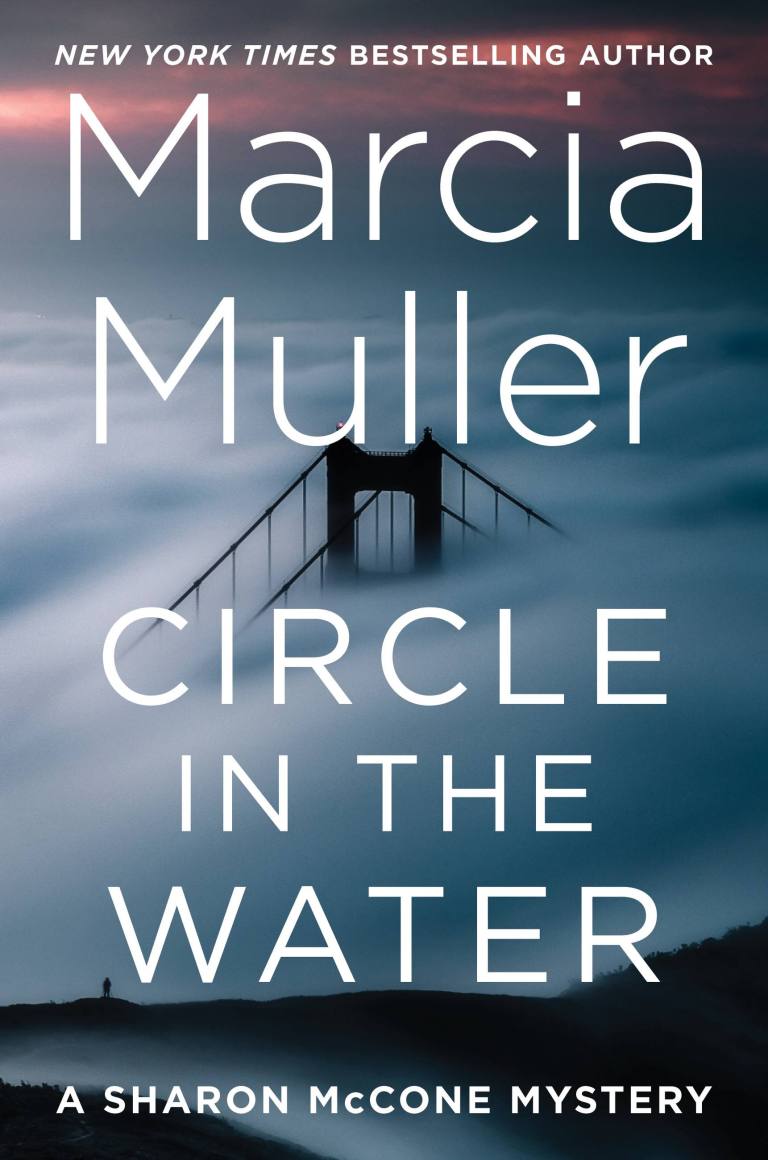 |
| Twist Phelan |
Writing the Unwritable
There’s a moment in almost every mystery writer’s career when you conceive a story so dark, so audacious that it freezes your fingers over the keyboard. The premise makes you uncomfortable. The twist feels too devastating. The concept challenges not just genre conventions but human decency itself. Your internal editor whispers: Pull back. This is too much.
Don’t listen.
I’ve written many stories that might be considered on the edge: stories about rape in a nursing home, a parent murdering a psychopathic child, forced marriage as a weapon of war. Each time, I wondered, Is this the story that goes too far?
The answer was always no, because the story was honest.
Mystery fiction has always been society’s dark mirror. We write about murder, the ultimate transgression. Yet somehow we’ve convinced ourselves there are gradations of acceptability in depicting human evil. A serial killer who targets strangers? Acceptable. A parent who recognizes the monster in their child’s eyes? Suddenly we’re squeamish.
But our squeamishness is exactly why these stories need to be written.
The best mysteries don’t just entertain; they examine. They force us to confront uncomfortable truths about human nature, societal failures, and our own moral boundaries. When we self-censor, we rob readers of fiction’s unique power to safely explore life’s darkest corners. We become complicit in the very silence that allows these horrors to flourish in reality.
I’ve had an editor hold two stories for months, a third for over a year, while she wrestled with her discomfort. In each case, the editor eventually recognized the story’s power lay precisely in its willingness to go where others wouldn’t. Those three stories went on to win or be nominated for awards. I like to think it wasn’t despite their difficult subjects, but because of them.
The key is craft. Sensationalism comes easily, but honest exploration of difficult subjects requires precision and nuance. Every word must serve the story’s deeper purpose. Shocking elements can’t be gratuitous—they must be essential to the truth you’re revealing. Rather than simply surprising readers, your twist should recontextualize everything that came before, forcing them to question their own assumptions and prejudices.
The best mysteries don’t just entertain; they examine. They force us to confront uncomfortable truths about human nature, societal failures, and our own moral boundaries.
This isn’t about shock value. It’s about value, period. When we write about a nursing home rape, we’re really writing about society’s abandonment of its most vulnerable. When we explore a parent’s unthinkable decision about a dangerous child, we’re examining the limits of love and responsibility. These aren’t just plot devices; they’re invitations to necessary conversations.
 |
| Ellery Queen Mystery Magazine |
Yes, you’ll lose some readers, the ones who want their mysteries sanitized, their moral questions pre-answered. But you’ll gain others, readers hungry for fiction that doesn’t insult their intelligence or coddle their sensibilities. Readers who understand mystery fiction at its best doesn’t just ask whodunit? but how could we let this happen? and what does this say about us?
The stories that haunt me as a reader are never the safe ones. They’re the ones where writers trusted their vision enough to leap into the abyss, where they chose difficult truths over comfortable lies, where they refused to pull back when the story demanded they push forward.
So when you find yourself writing the unwriteable, remember: your discomfort is not a stop sign. It’s a signal you’re approaching something real, something necessary, something that needs to be said.
Write it anyway. Write it especially.
The world has enough safe stories. What it needs are writers brave enough to shine lights into the darkest corners, and readers courageous enough to look.

.jpg)










.jpg)





.jpg)



.jpg)
.jpg)


.jpg)


